Posts by: Ashley Gerwitz
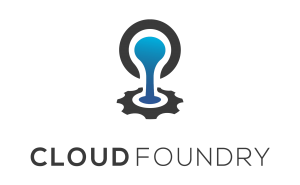
Abstract Today’s user expects a self-service, always-on, plug-and-play, ever-evolving experience. That’s a lot of hyphens. Cloud Foundry is based on the premise of making Application Development agile and Infrastructure flexible in order for the modern enterprise to meet dynamic business needs. We’ll guide you through the essential, need-to-know basics for an owner, operator, or developer
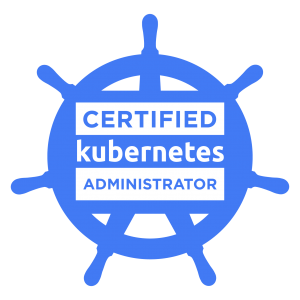
Over the past 8 years, I’ve worked in some form of IT Operations, and I’ve seen two distinct opinions on obtaining systems certification. The cert game is a waste of time; and a certain pride in proving one’s skill. In the past I most identified with the former camp; “I already do this thing, I

Cloud Foundry Summit is coming up quick. The Stark & Wayne team will be there with several members contributing to a handful of talks; plus a training session and a hands-on lab session. Stop by our location (Booth B3) at any time and we’ll give you a Stark & Wayne t-shirt featuring the next episode
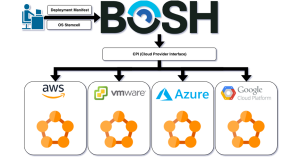
Getting Started Currently, if you are interested in deploying Service Fabric on standalone linux clusters, you’ll need to create your own instance, install all of the packages and dependencies, configure the cluster appropriately via the xml spec, and run a few scripts. After all that, you’ll have a standalone cluster running on one physical instance.

This is the sixth in a collection of articles as I explore serverless software development atop Kubernetes with Google/Pivotal Knative. The full set of articles are: Deploying 12-factor apps to Knative Building and deploying applications to Knative Adding public traffic to Knative on Google Kubernetes Engine Adding a custom hostname domain for Knative services Build
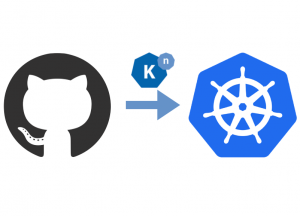
Serverless computing atop Kubernetes got a whole lot easier and better with Knative from Google and Pivotal. We’ve written a collection of articles that walk you through the basics of installing and using Knative to deploy your cloud native/serverless applications into your Kubernetes cluster, to set up custom domains, and route traffic. Deploying 12-factor apps
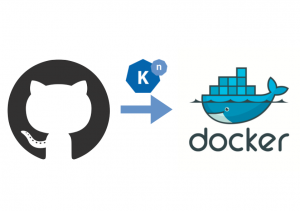
This is the fifth in a collection of articles as I figure out what’s what with Knative for Kubernetes. The full set of articles are: Deploying 12-factor apps to Knative Building and deploying applications to Knative Adding public traffic to Knative on Google Kubernetes Engine Adding a custom hostname domain for Knative services Build Docker
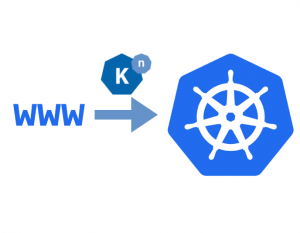
This is the fourth in a collection of articles as I figure out what’s what with Knative for Kubernetes. The full set of articles are: Deploying 12-factor apps to Knative Building and deploying applications to Knative Adding public traffic to Knative on Google Kubernetes Engine Adding a custom hostname domain for Knative services Build Docker
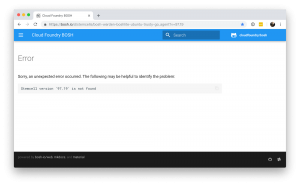
I was running a script the other day that would pull down the latest cf-deployment and get it running on my local computer using bucc. (Here’s the code for those following along at home.) I get the STEMCELL_VERSION from the cf-deployment repo with bosh interpolate command. When software updates in the repo, the script will